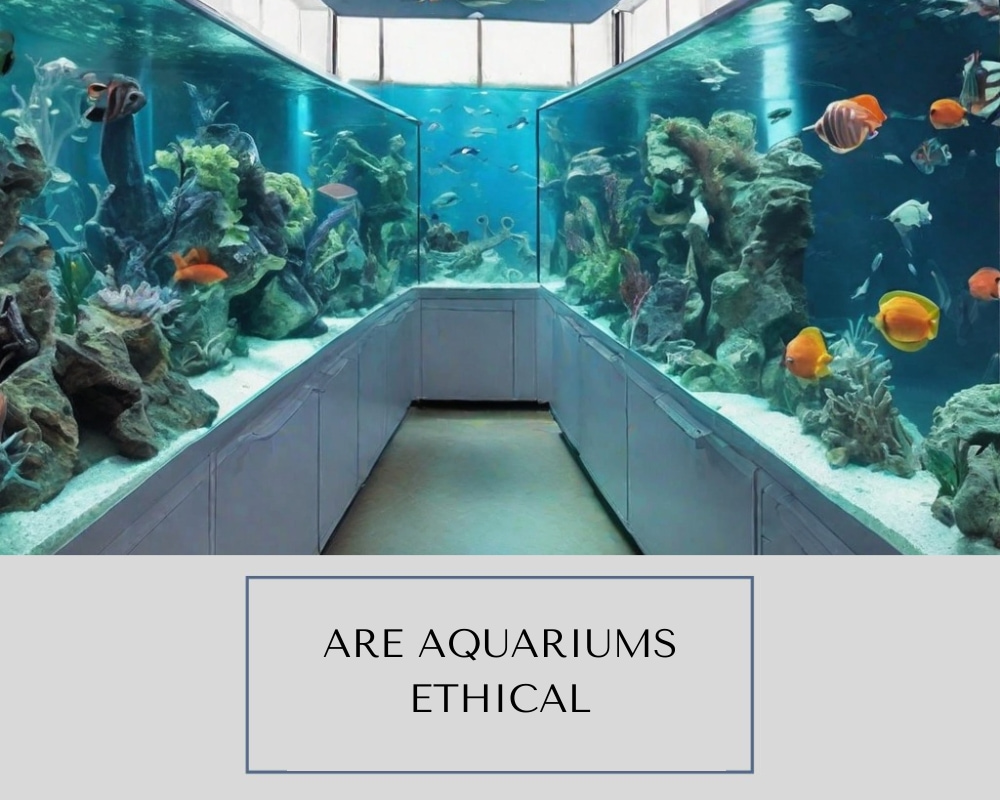The world of aquariums often evokes a sense of wonder and curiosity. They serve as portals into the depths of the ocean, allowing us to glimpse the vibrant and enigmatic lives of marine creatures. However, behind this attractive facade, a pressing ethical question looms: Are aquariums merely enchanting displays of aquatic beauty, or do they constitute an insidious form of animal cruelty?
To unravel this intricate issue, one must first explore the nature of what it means to confine life. Envision a whale or a dolphin, majestic and free, spanning miles of ocean in a single leap. Contrast this with the confines of a glass enclosure, a mere fraction of its natural habitat. While these captivating creatures can elicit gasps of awe from spectators, the paradox remains stark: the same glass that creates the illusion of wonder may simultaneously symbolize captivity and distress.
From a philosophical standpoint, the confinement of sentient beings poses a moral dilemma. The Cartesian view, which regards animals as mere automatons, is rapidly losing ground in contemporary ethical discourse. A growing body of evidence suggests that many marine animals possess significant cognitive abilities and display complex behaviors akin to those seen in higher mammals. Consequently, the practice of keeping these beings in artificial settings invites scrutiny under the lens of moral obligation.
One of the most compelling arguments against the ethicality of aquariums is the detrimental impact on the physical and psychological health of marine life. Studies have shown that confinement can lead to phenomena known as “stereotypic behaviors,” which resemble compulsive actions manifested due to stress and lack of adequate stimuli. Fish that would normally traverse vast distances in the ocean may instead be observed swimming in repetitive patterns, a silent testimony to their deep-seated agitation.
Moreover, the question of biodiversity cannot be overlooked. Aquariums frequently focus on a limited selection of species, often at the expense of the broader ecosystem. This selective representation can perpetuate a skewed understanding of marine life and neglect the intricate interdependencies found in natural habitats. The ethical implications of showcasing such a narrow view of biodiversity raise concerns about environmental education and awareness among visitors.
It is not only the ethics surrounding the animals themselves that warrant attention, but also the ecological consequences of acquiring them. Many aquariums source their marine life from the wild, frequently leading to overfishing and depletion of specific populations. This practice poses a direct threat to fragile ecosystems and can upheave the delicate balance of marine life. The motto that “out of sight is out of mind” rings especially true when contemplating the relentless drive for more exotic and visually striking specimens, unmoored from the consequences of their removal from the wild.
Advancements in technology provide new avenues for engaging with marine life without resorting to captivity. Virtual reality experiences and interactive apps can offer immersive educational opportunities, creating a deep appreciation for marine ecosystems without disrupting their delicate balance. Such innovations serve as alternatives, allowing society to explore and cherish the marine world while respecting the sanctity of life.
However, it would be disingenuous to dismiss all aquariums as entirely devoid of merit. Certain institutions champion conservation efforts and prioritize rescue initiatives, nurturing sick or injured marine animals and facilitating rehabilitation. For instance, sanctuaries dedicated to the rehabilitation of sea turtles or manatees highlight the potential for aquariums to contribute positively to marine conservation. These efforts exemplify the dual-edged nature of aquariums: while they can perpetuate the cycle of captivity, they can also serve as sanctuaries and education centers that promote awareness about endangered species.
Public educational programs and outreach initiatives can help foster a more ethically conscious society. If aquariums can pivot their focus from mere exhibition to conservation and genuine education, they may transform into bastions of hope rather than symbols of confinement. Meaningful engagements with the public could inspire compassion and advocacy for marine life, underscoring the imperative of protecting these ecosystems. The ethical responsibility of aquariums lies not just in their practices within, but in how they can influence attitudes and actions surrounding biodiversity conservation.
In conclusion, the question of whether aquariums are ethical remains complex, reflecting a broader societal struggle with the morality of using sentient beings for entertainment and education. Like the shimmering surface of the water, the reality beneath is often murky and fraught with ethical considerations. While aquariums possess the potential to be vessels of education and sanctuaries for conservation, they also risk becoming harbors of cruelty if they prioritize spectacle over the well-being of the creatures within. Society must critically evaluate the impact of these institutions, championing those that aspire to cultivate a deeper understanding of our marine companions and their ecosystems, ensuring that they do not merely exist as attractions, but as advocates for the sustainable future of our planet’s oceans.








